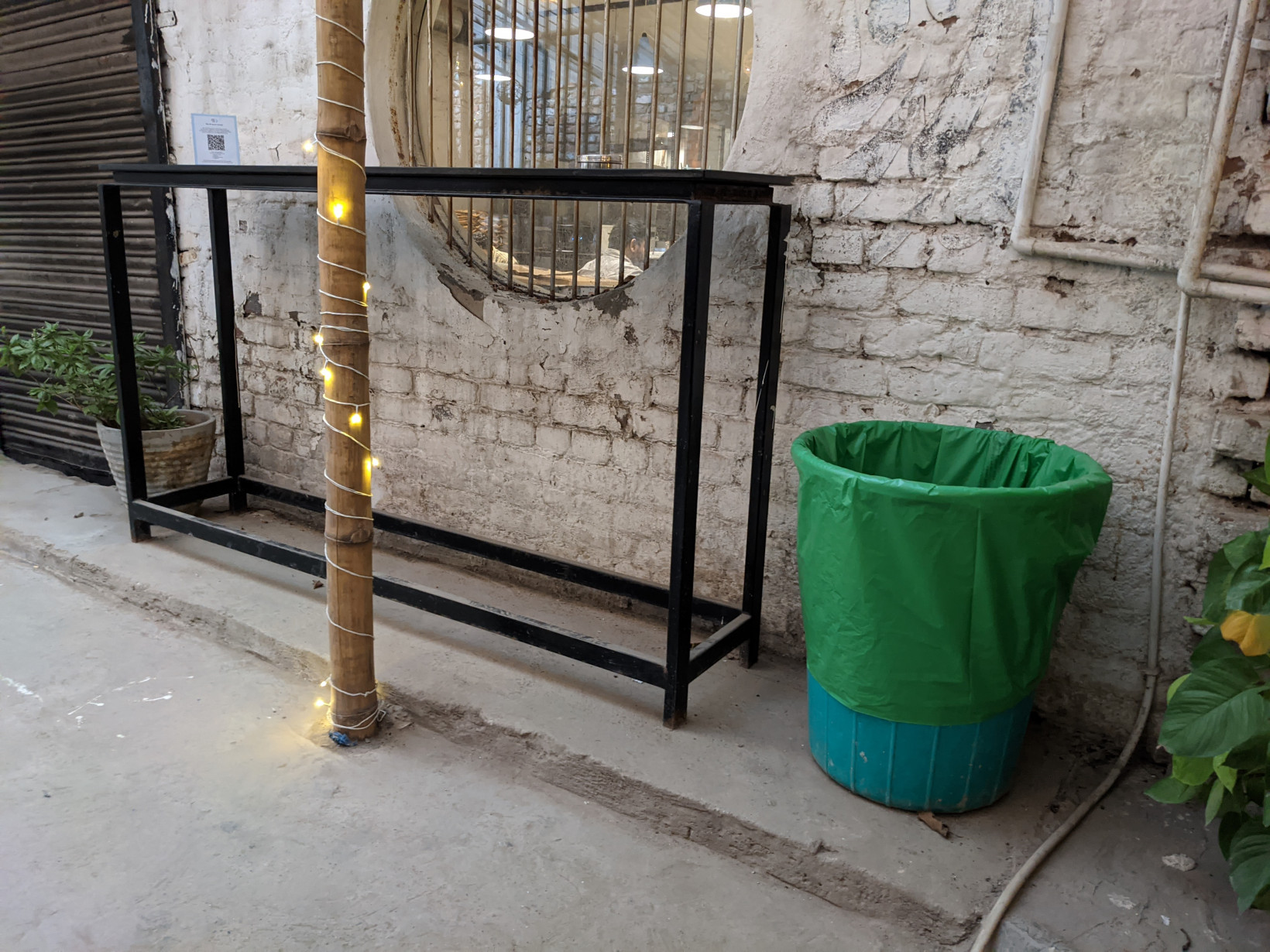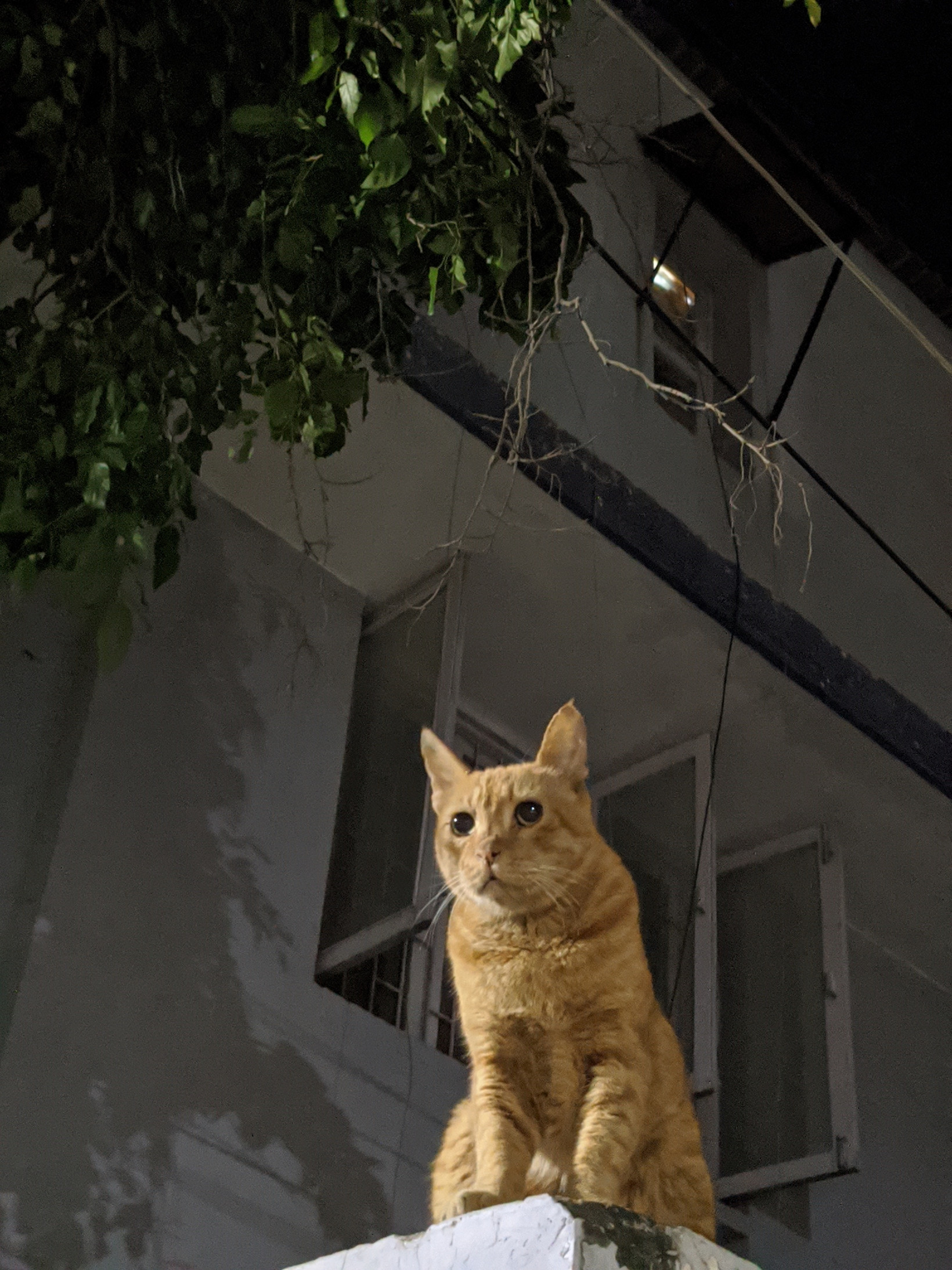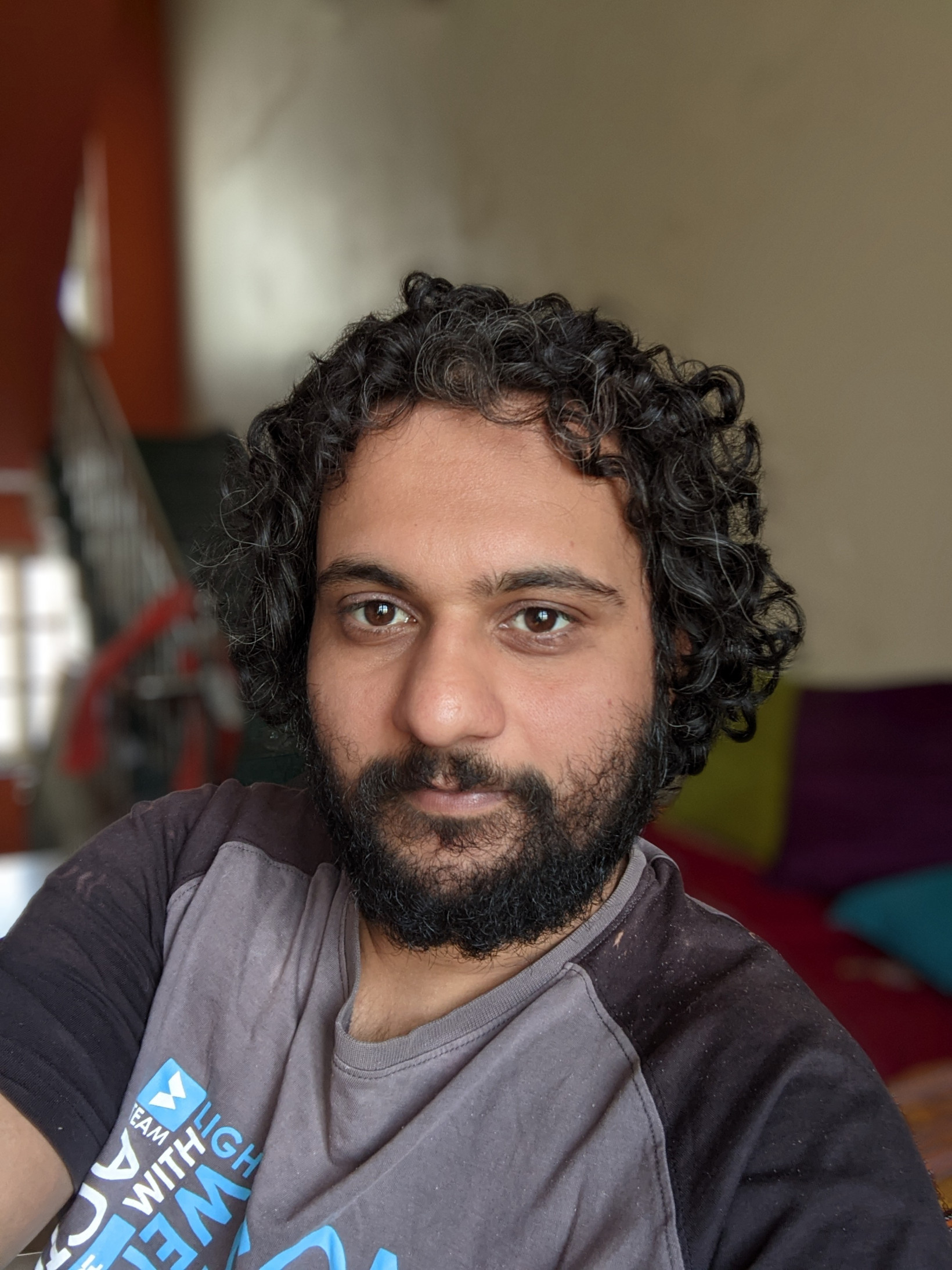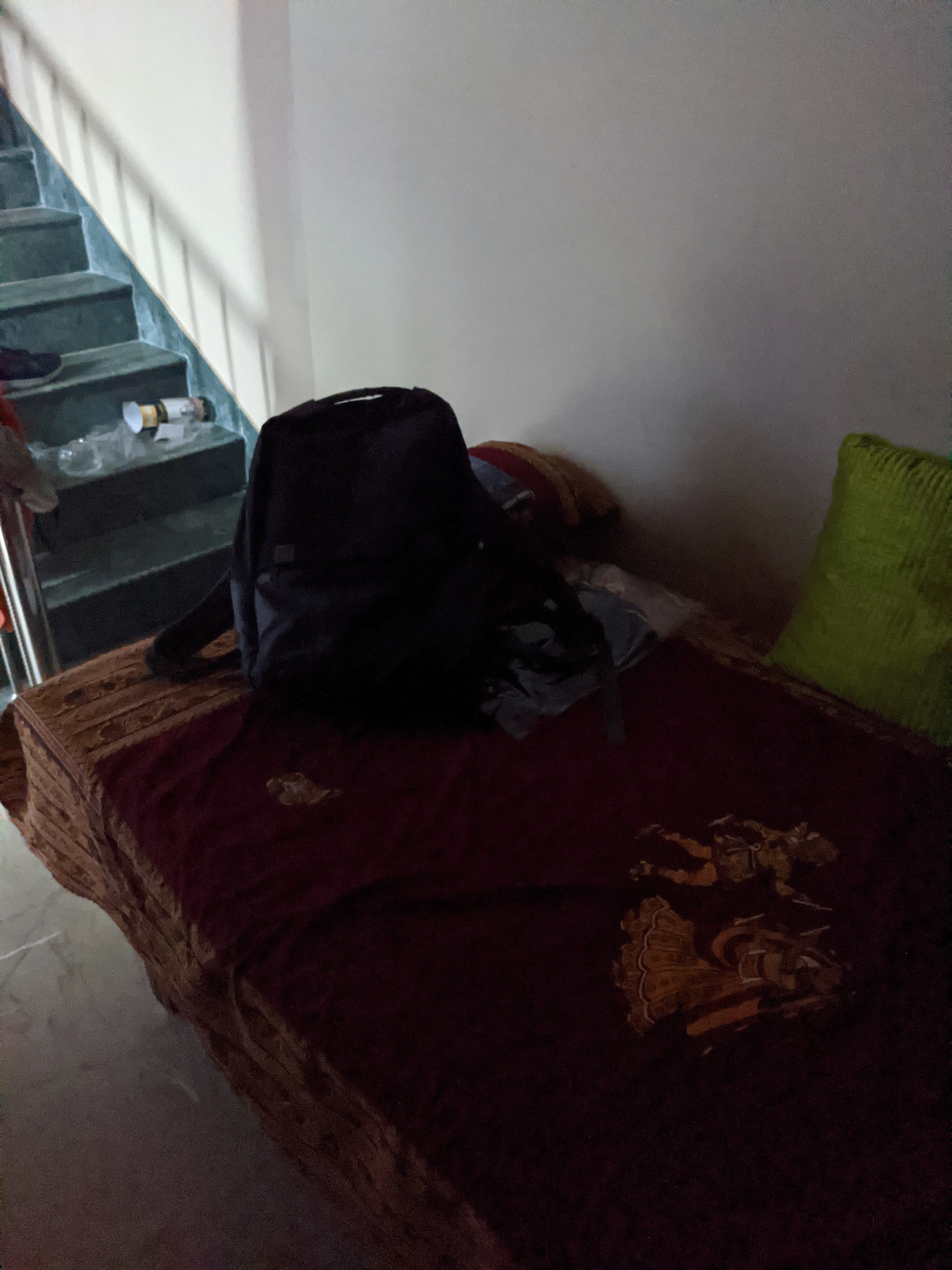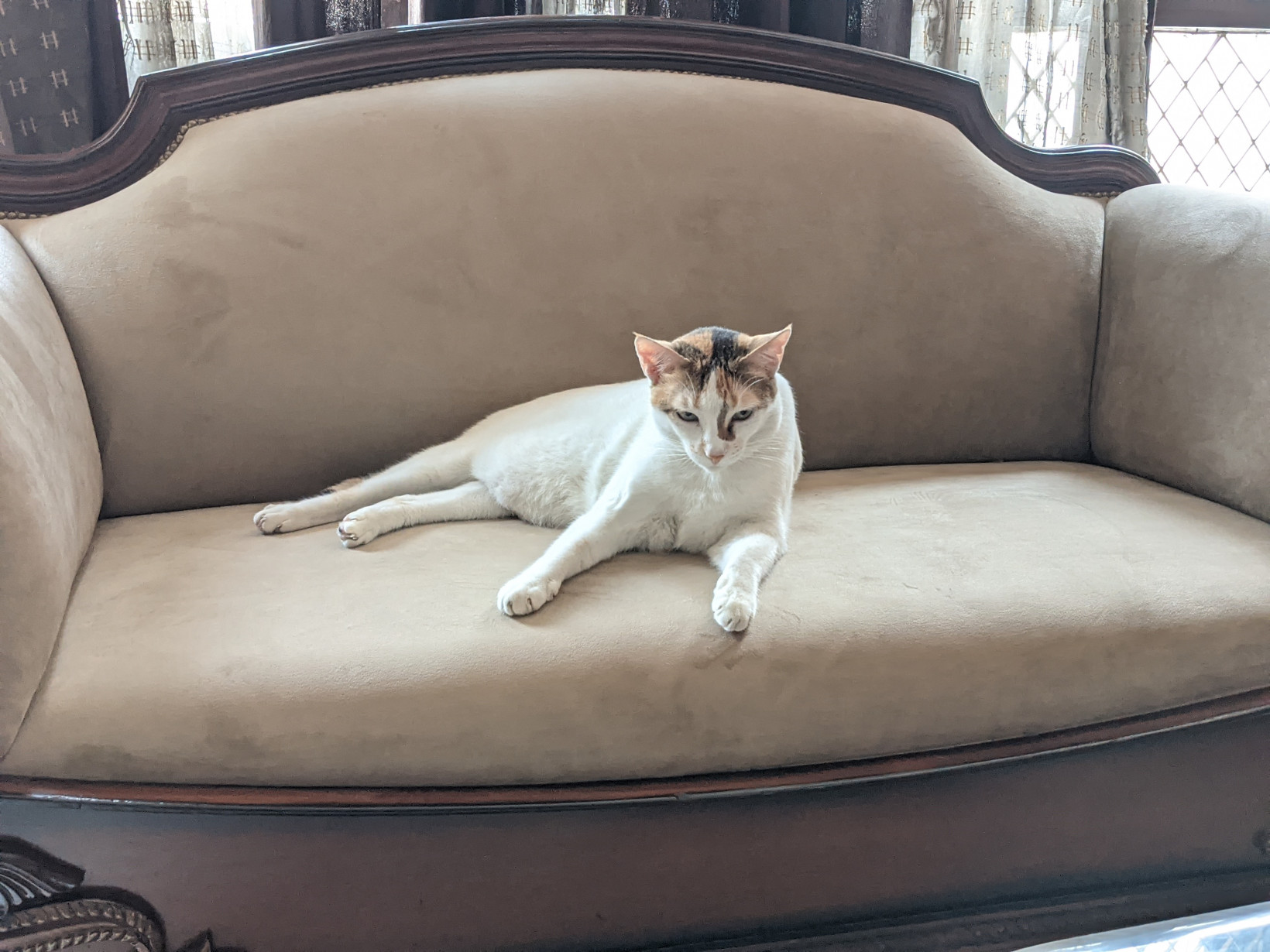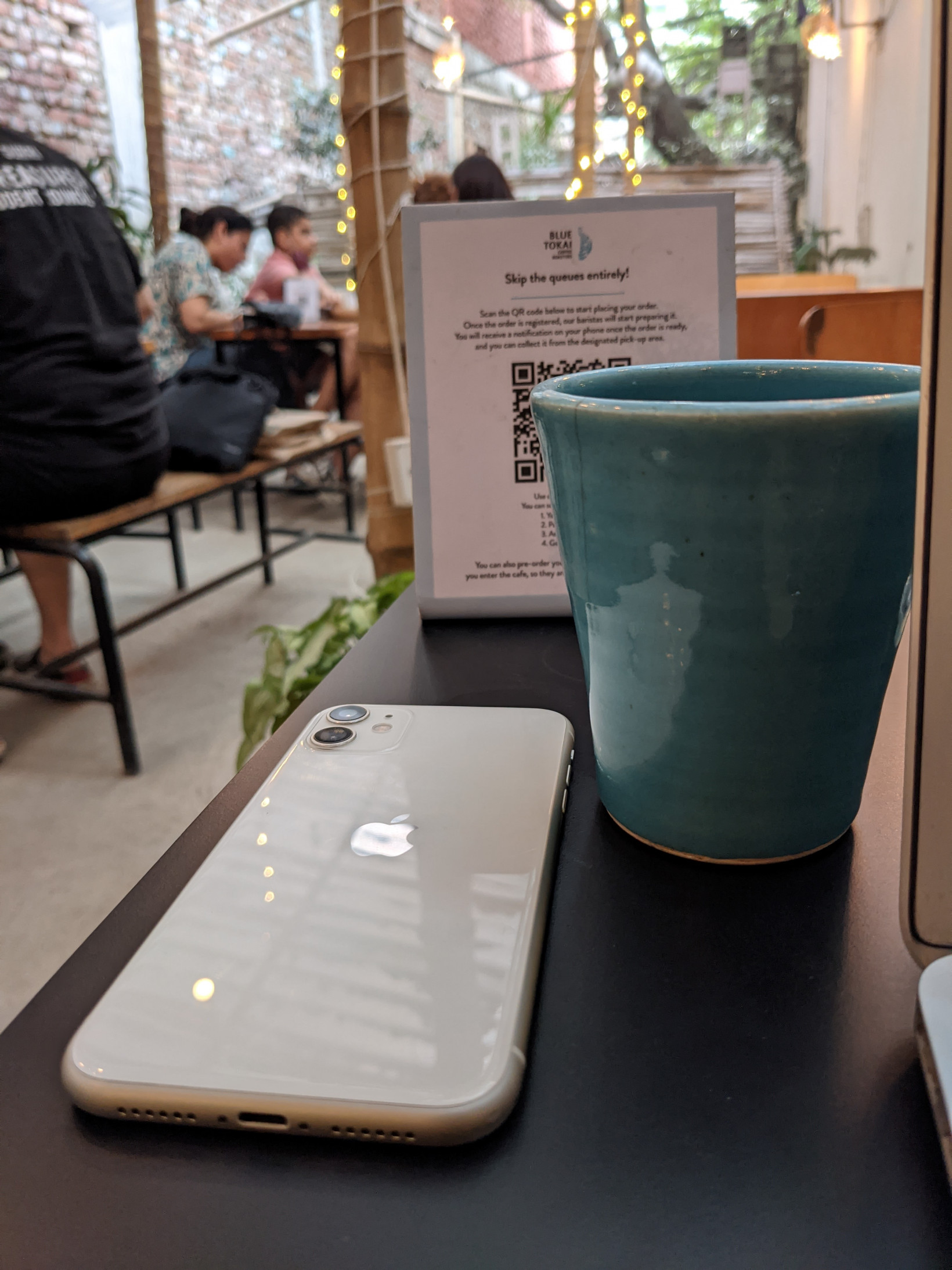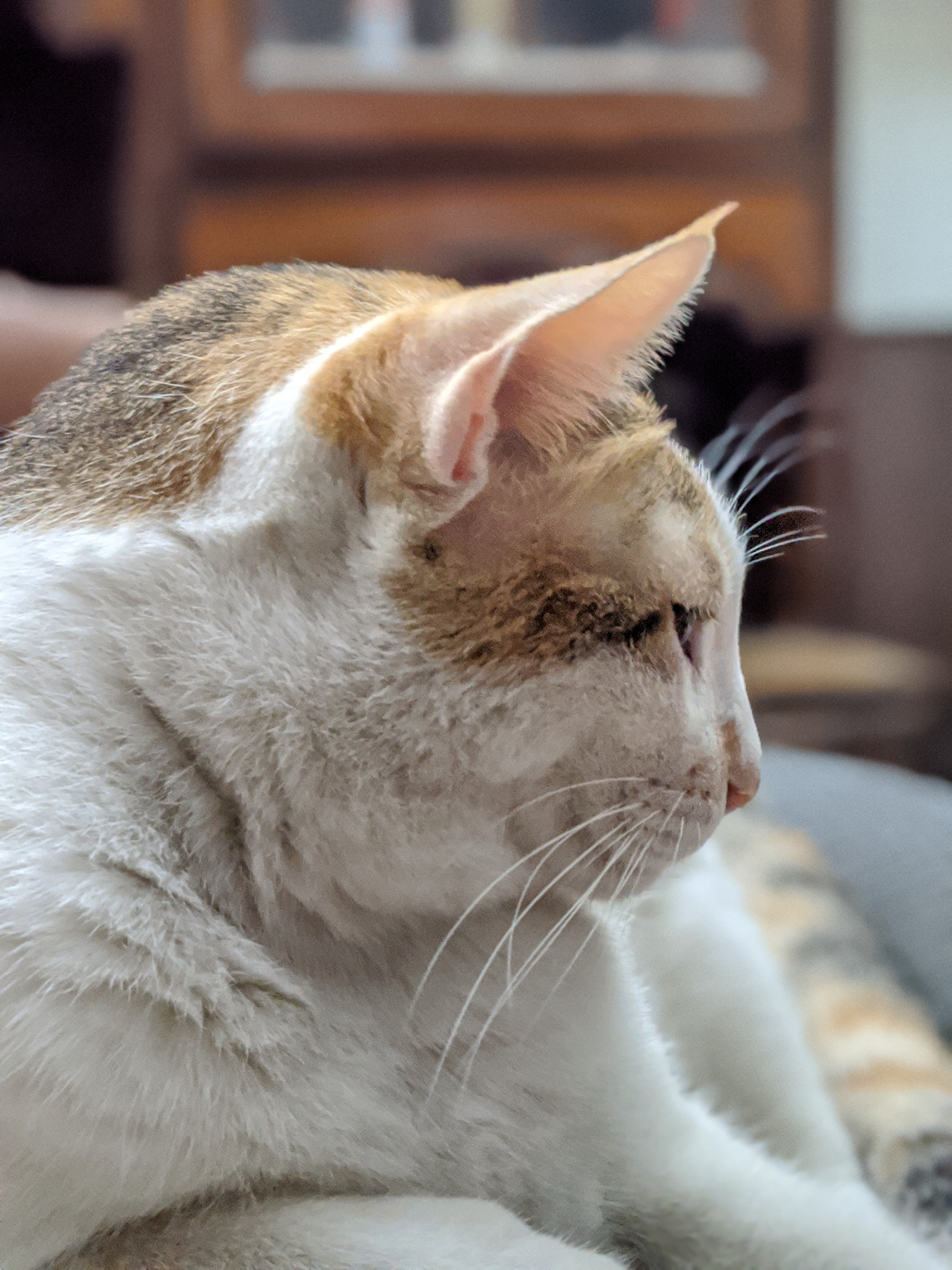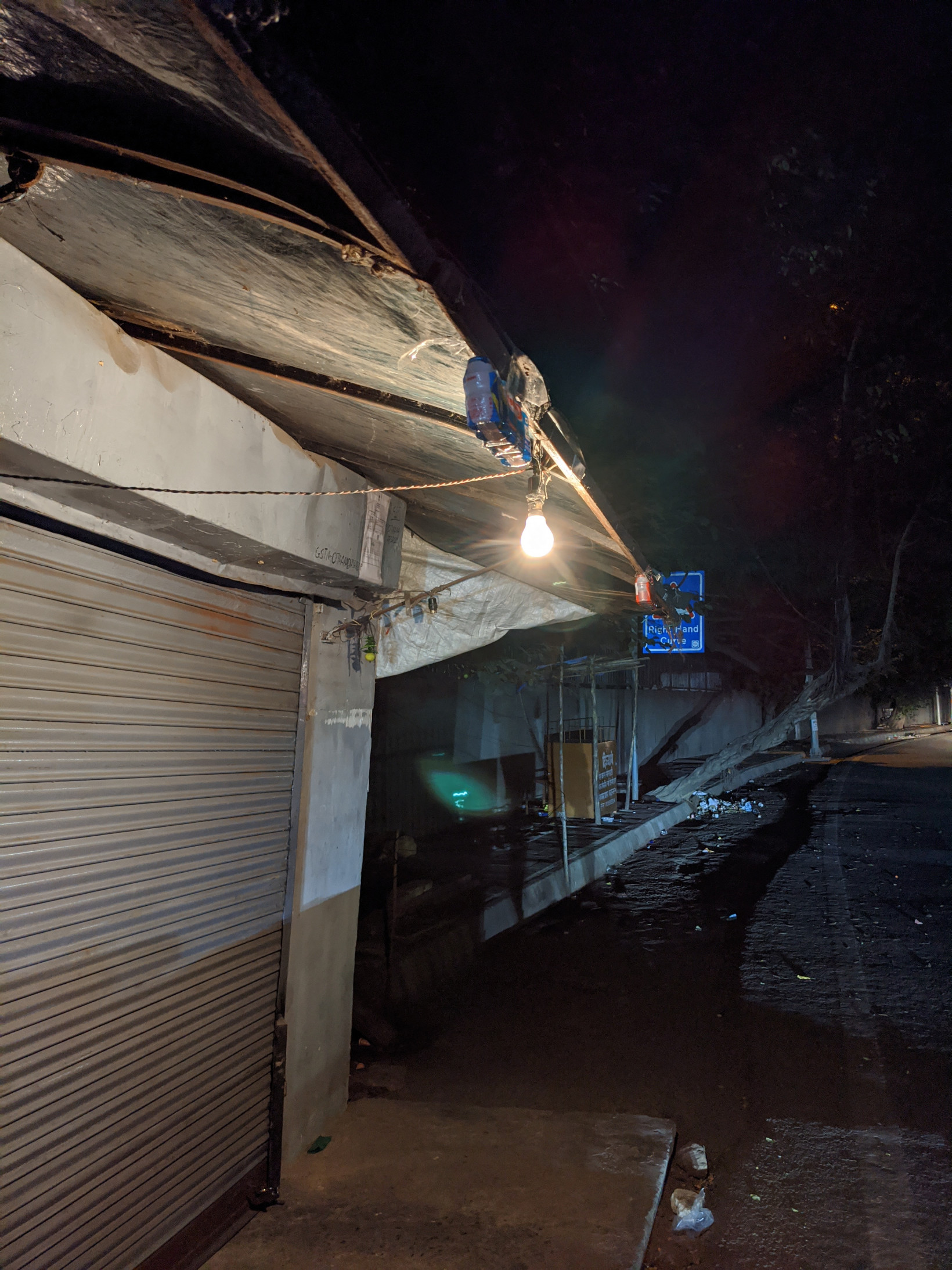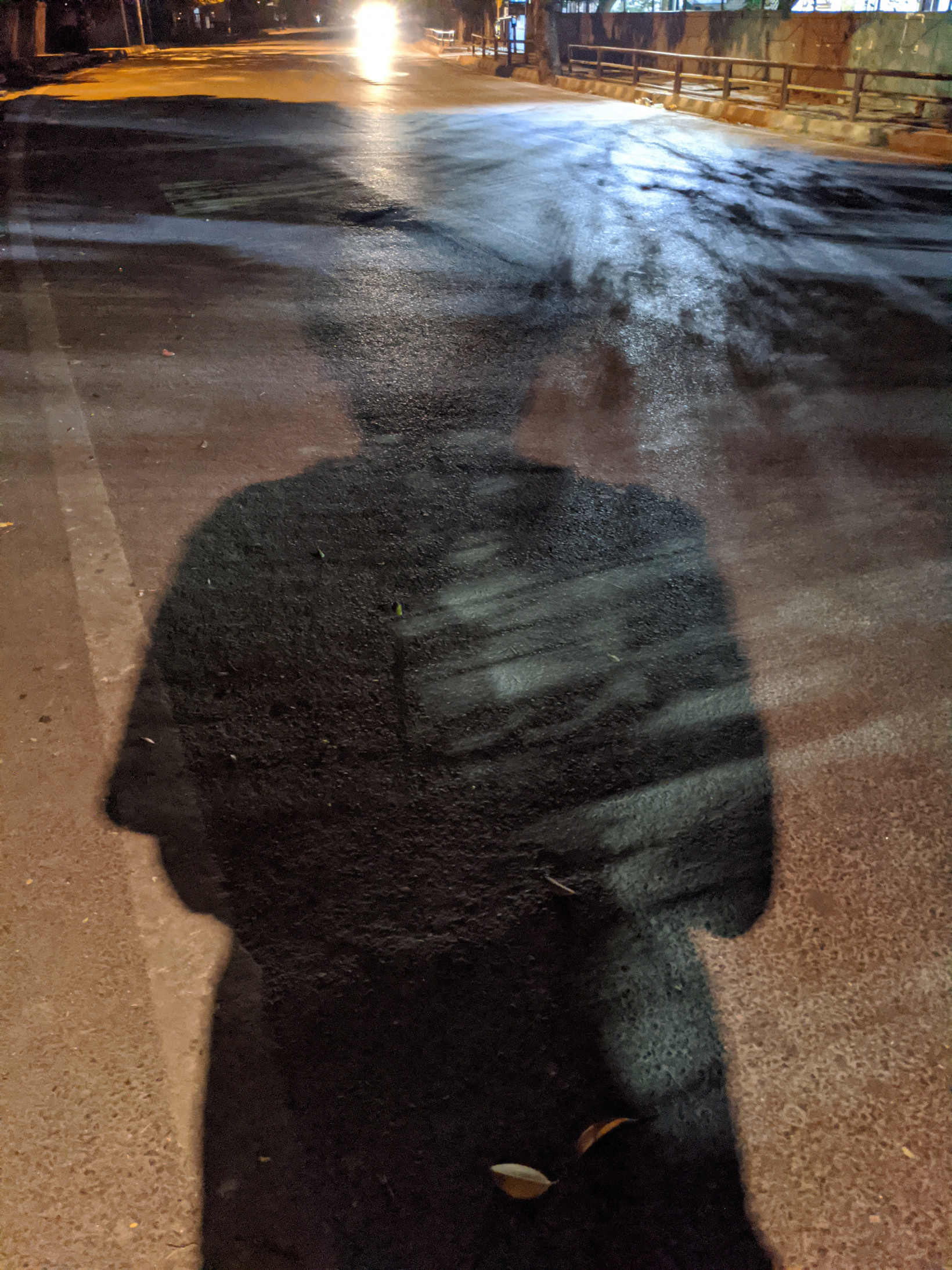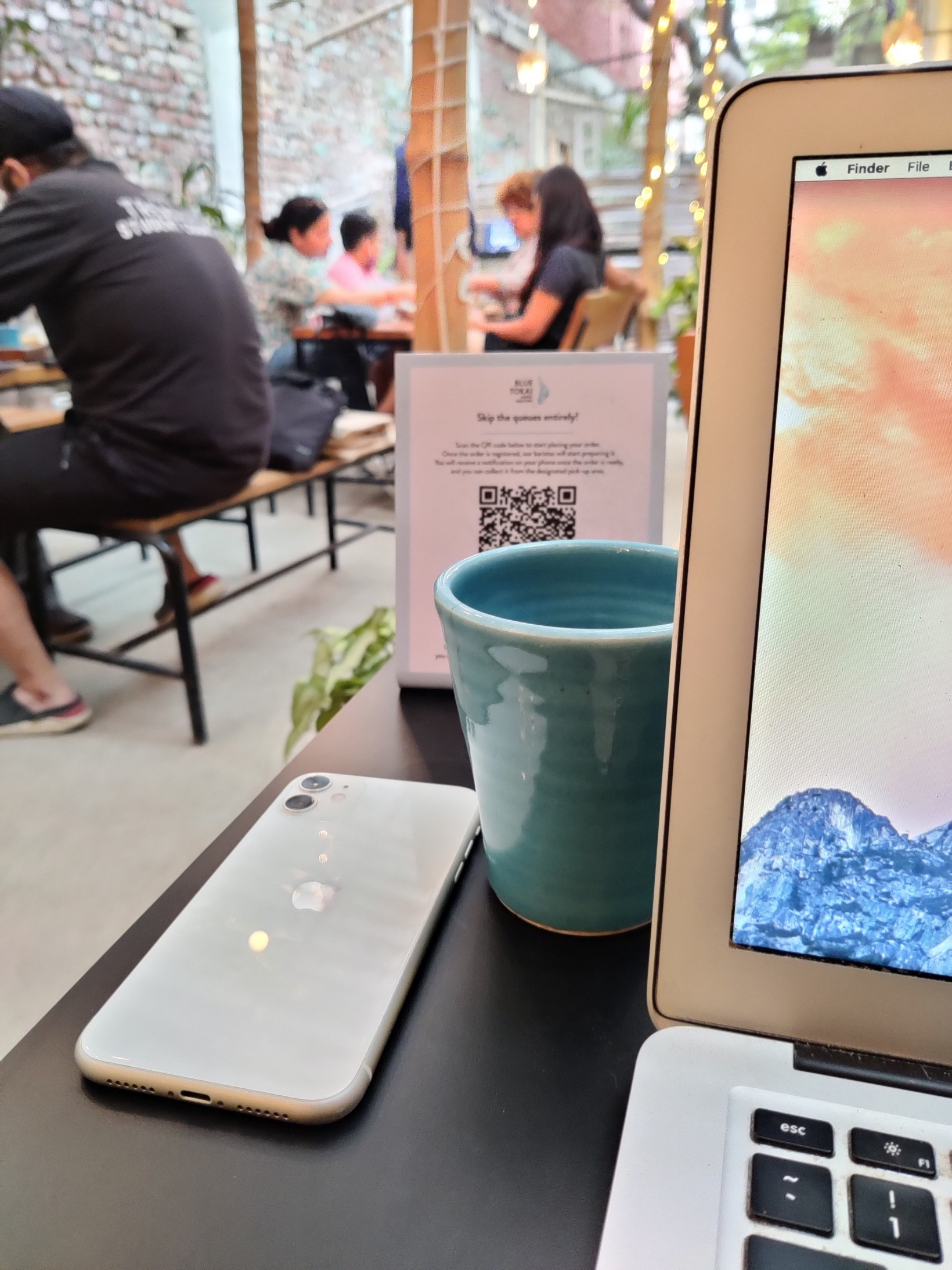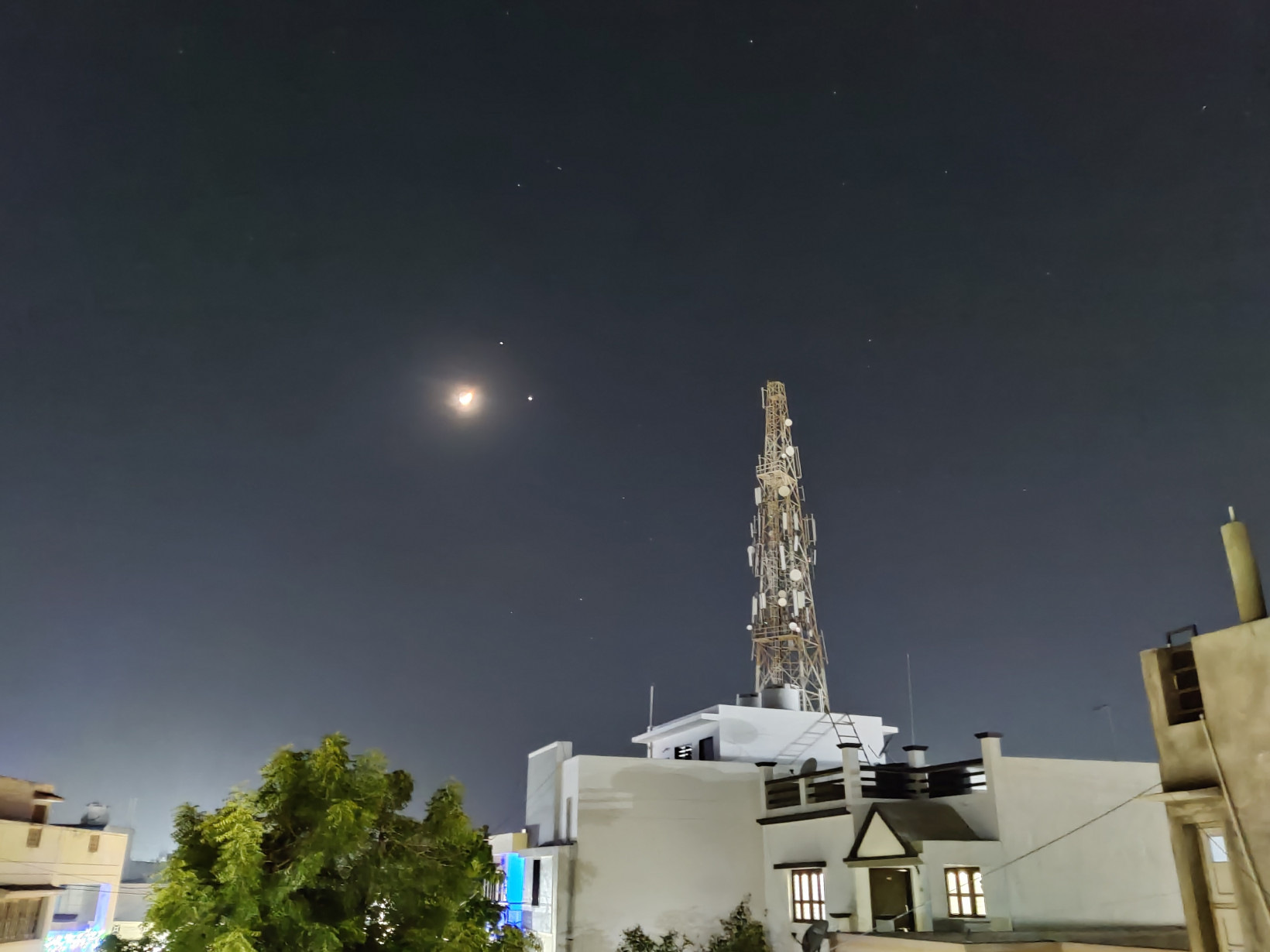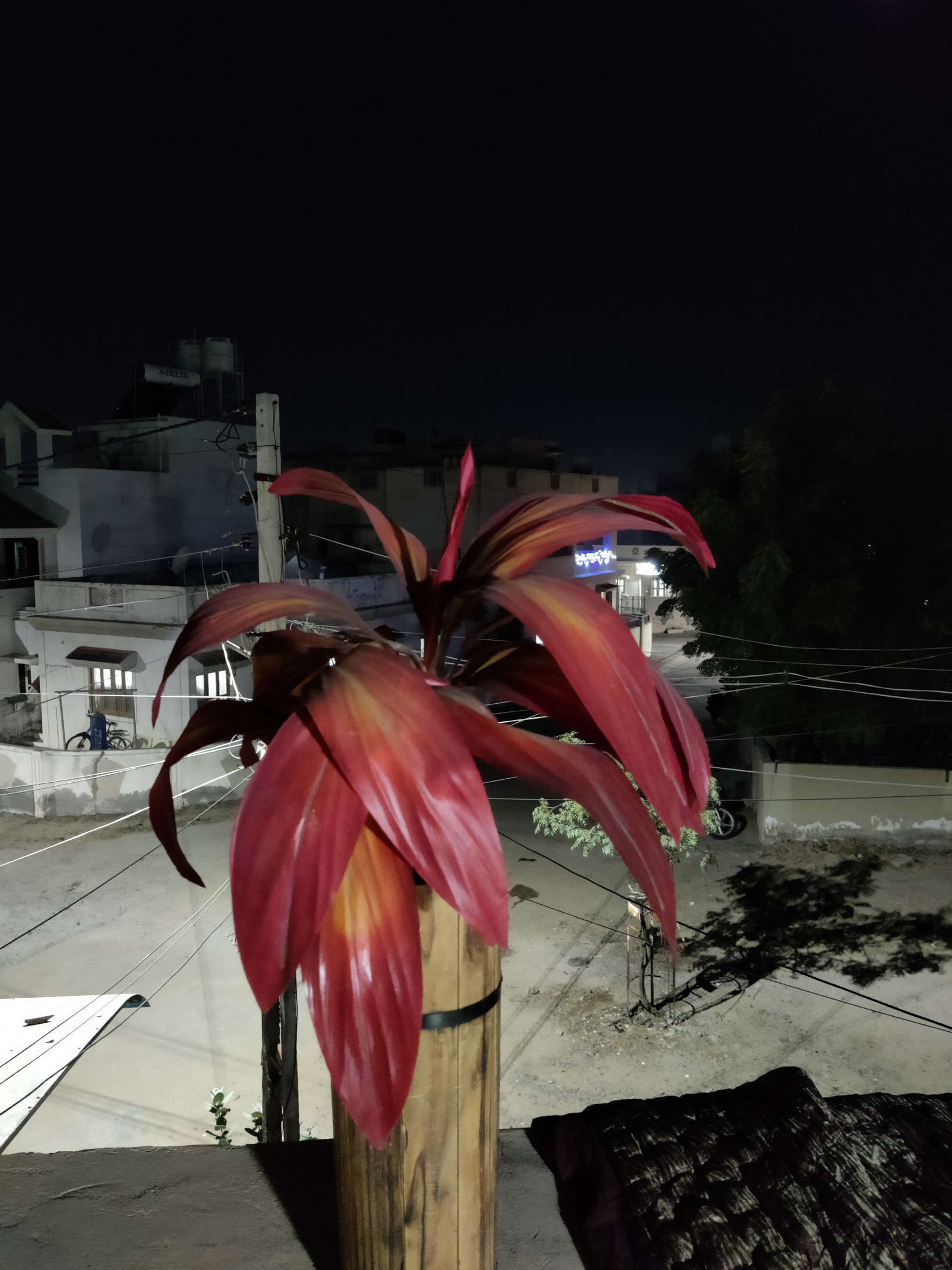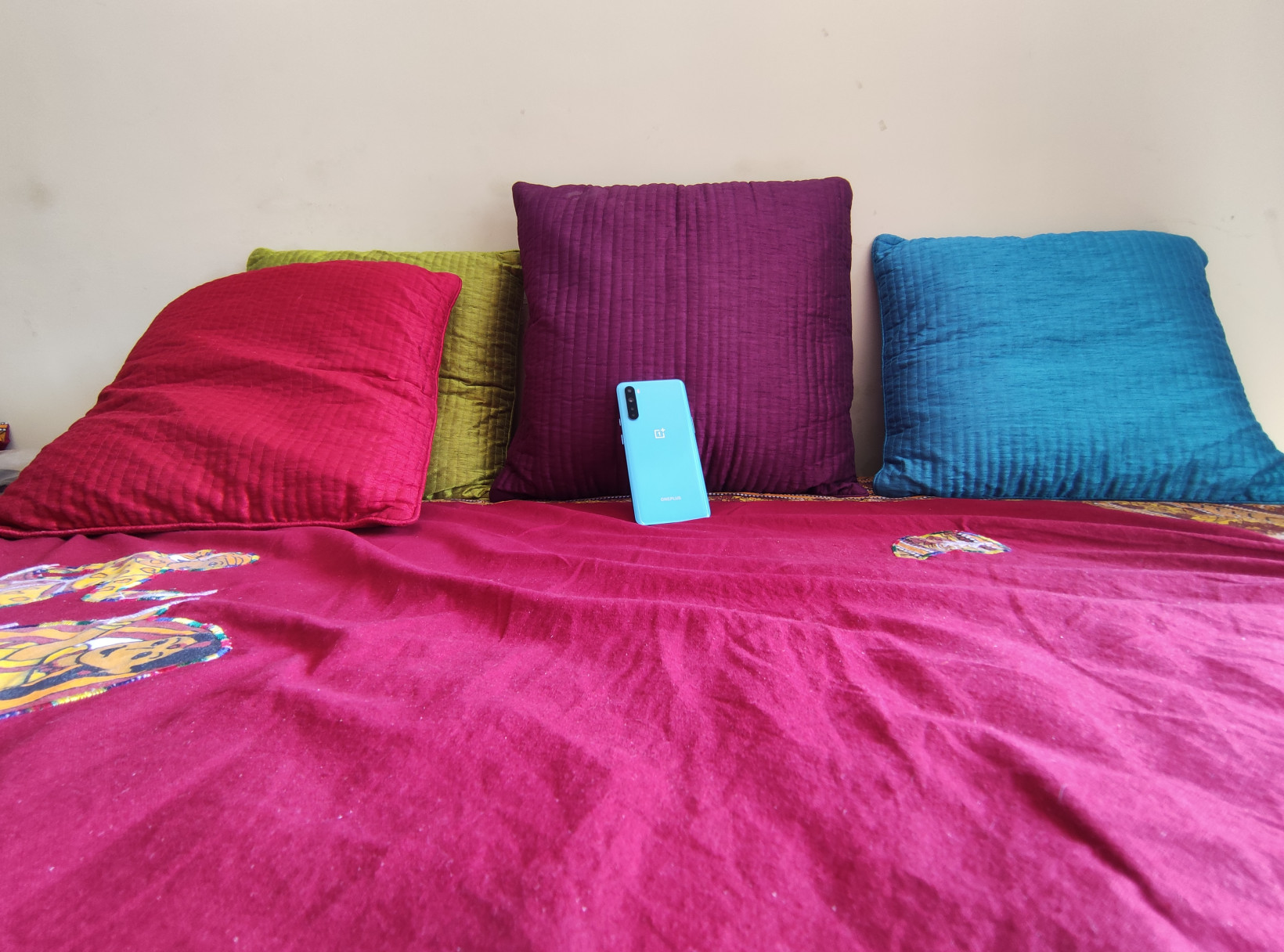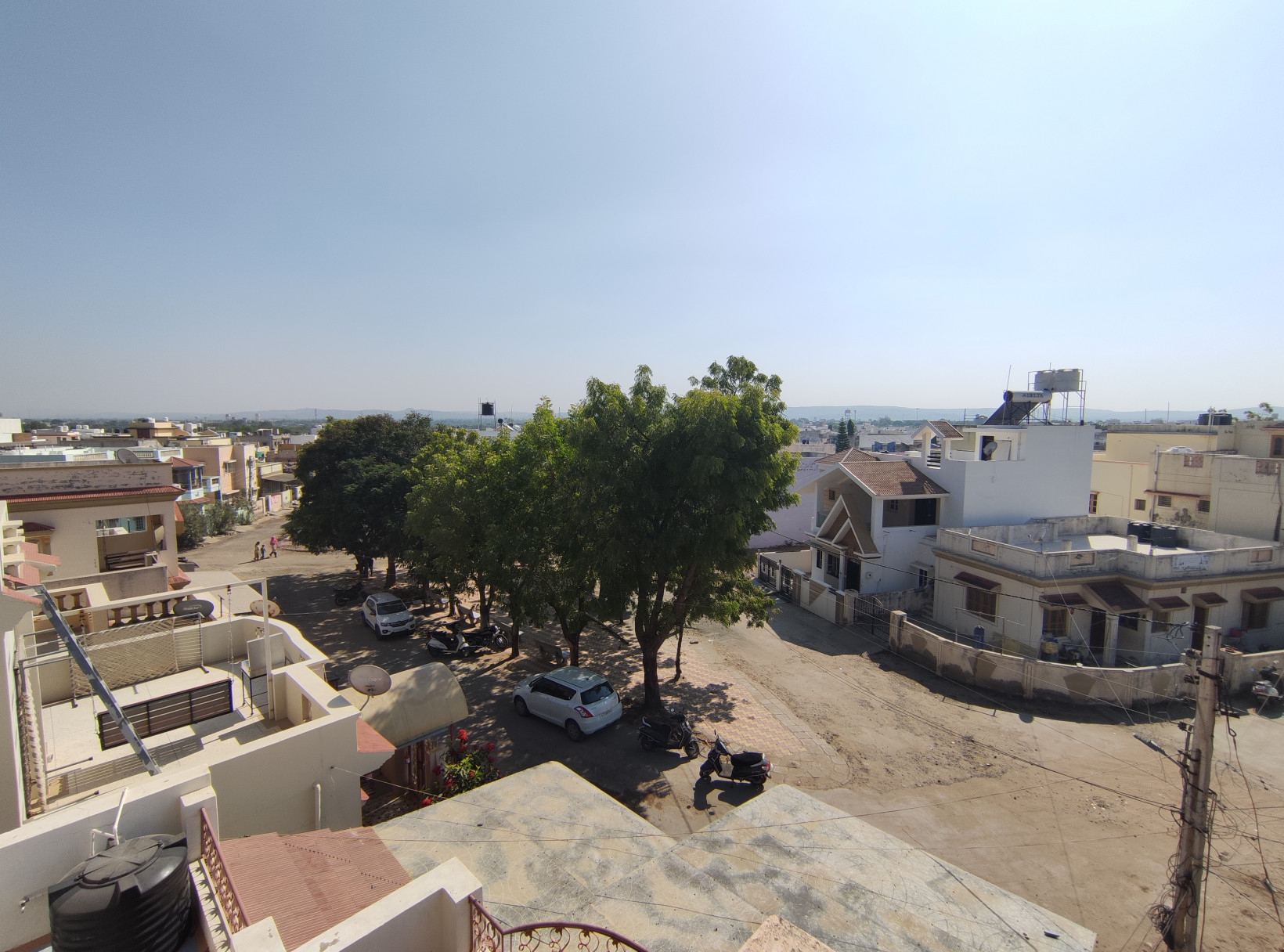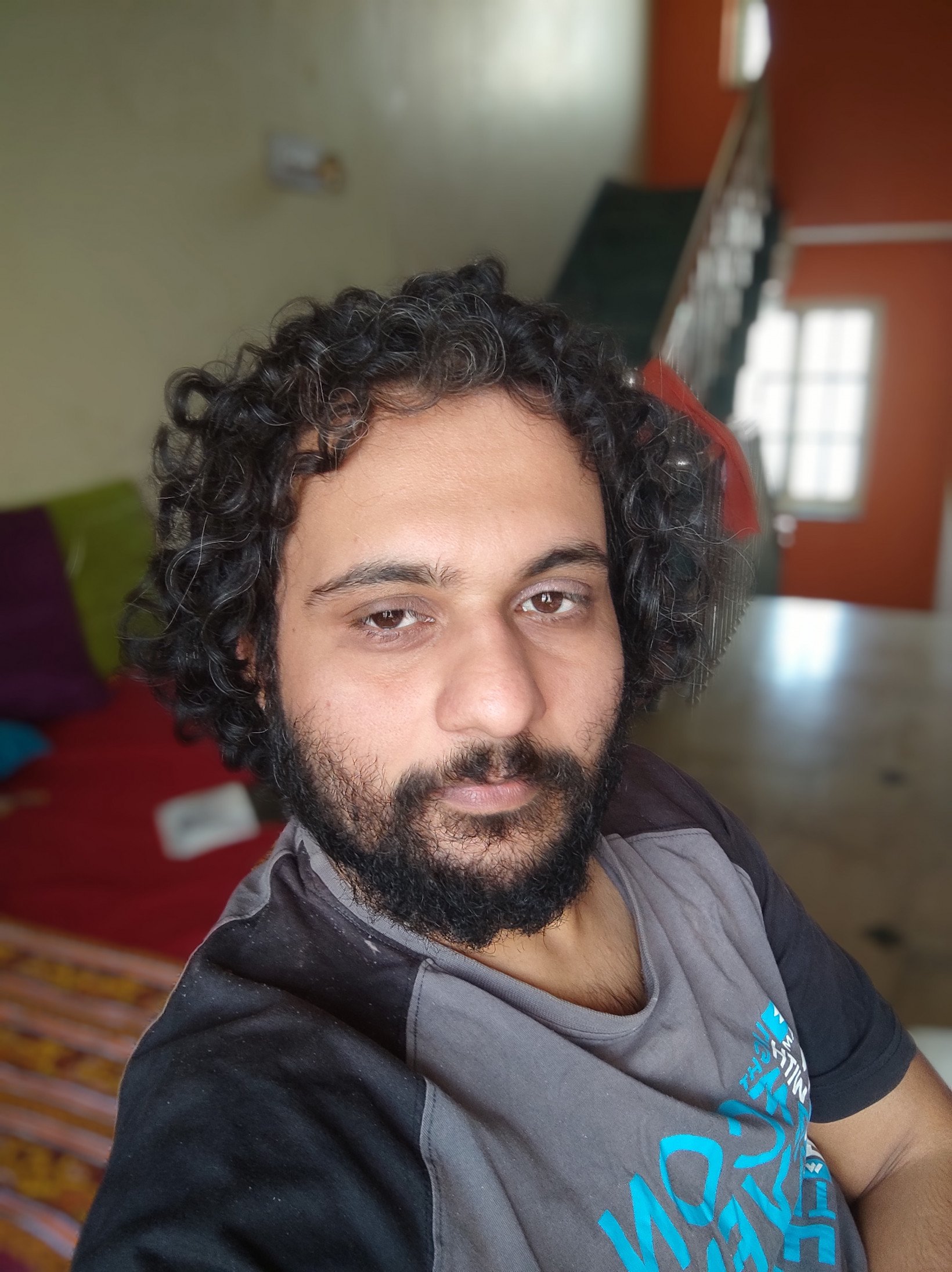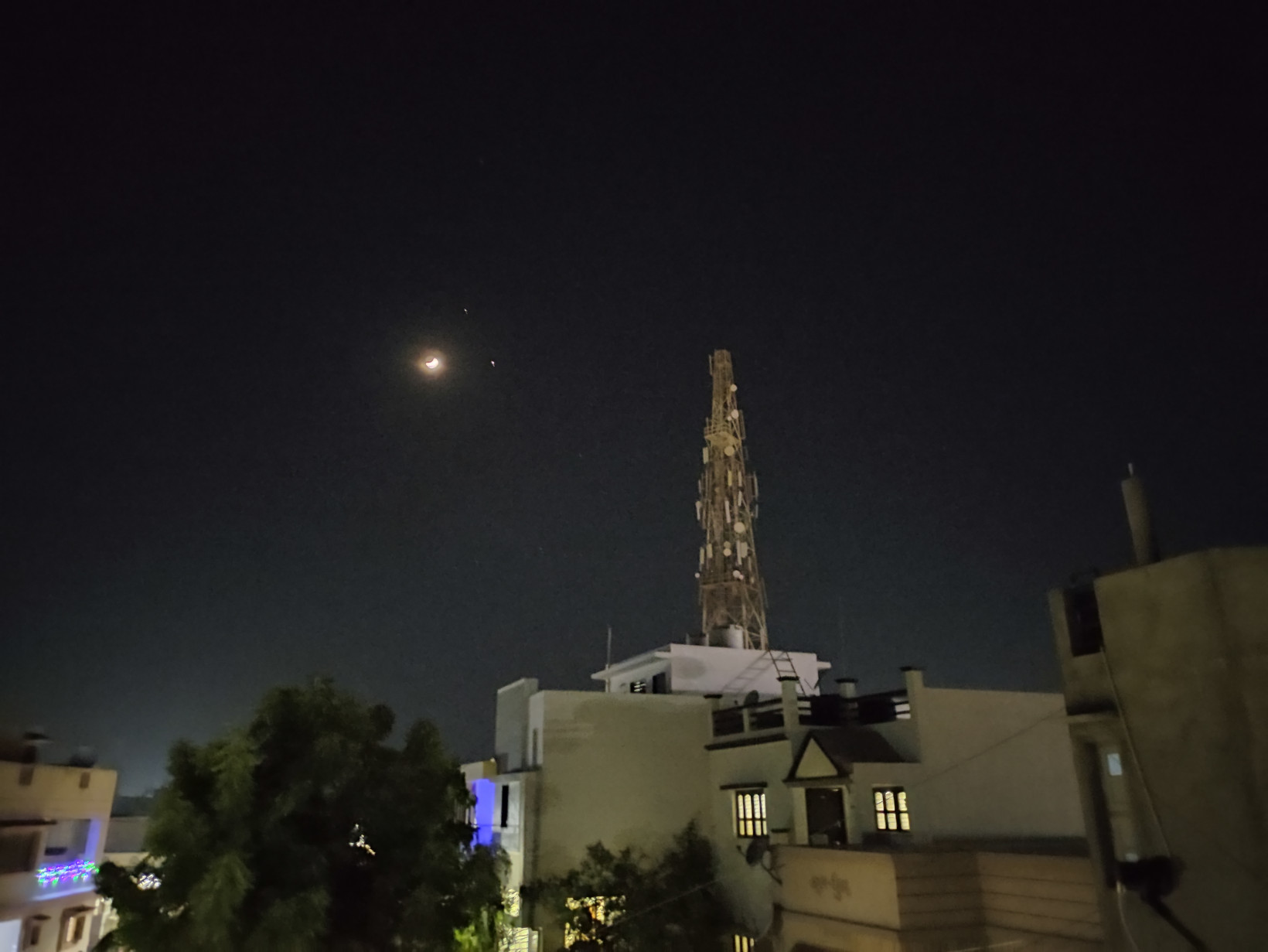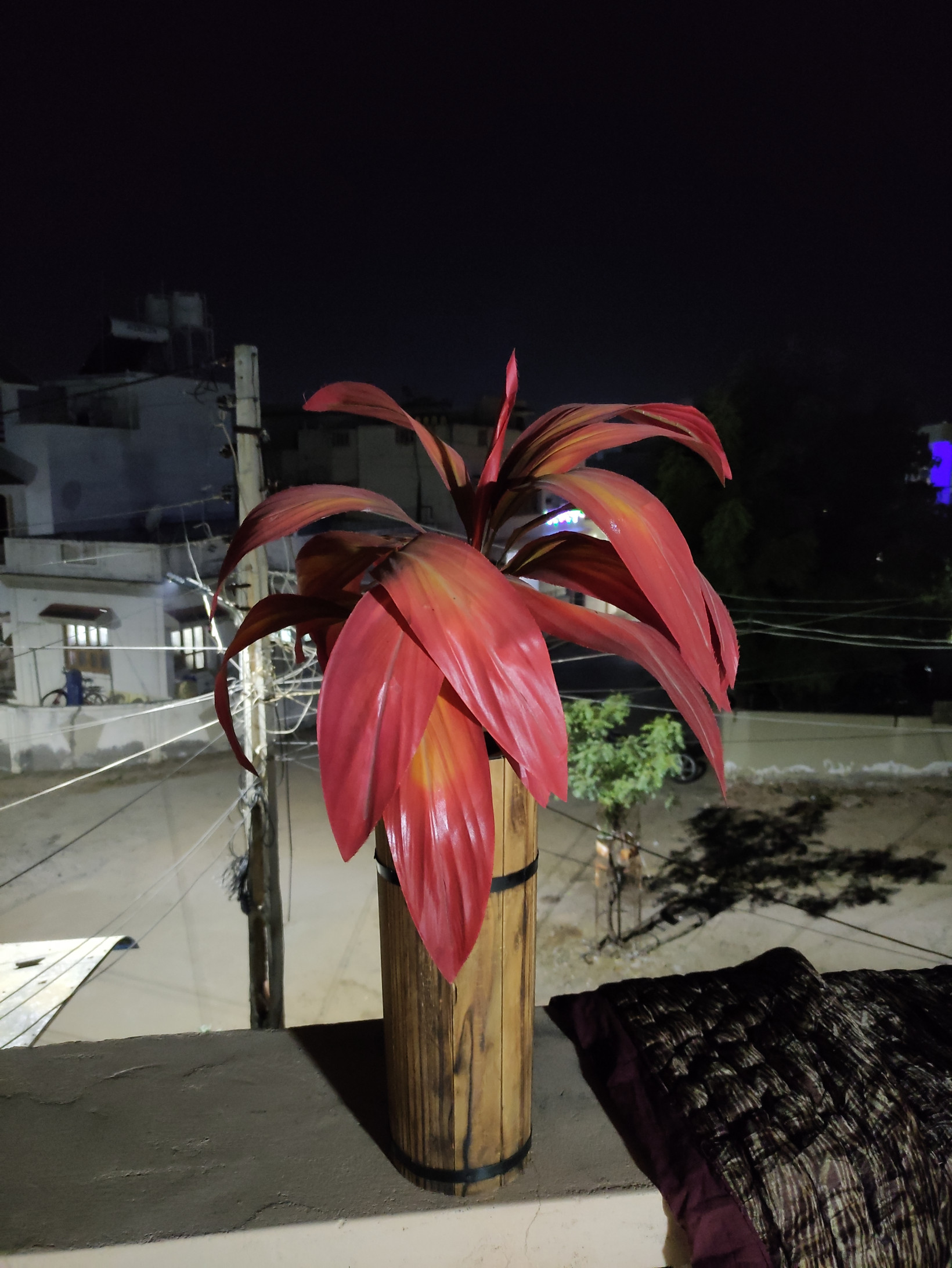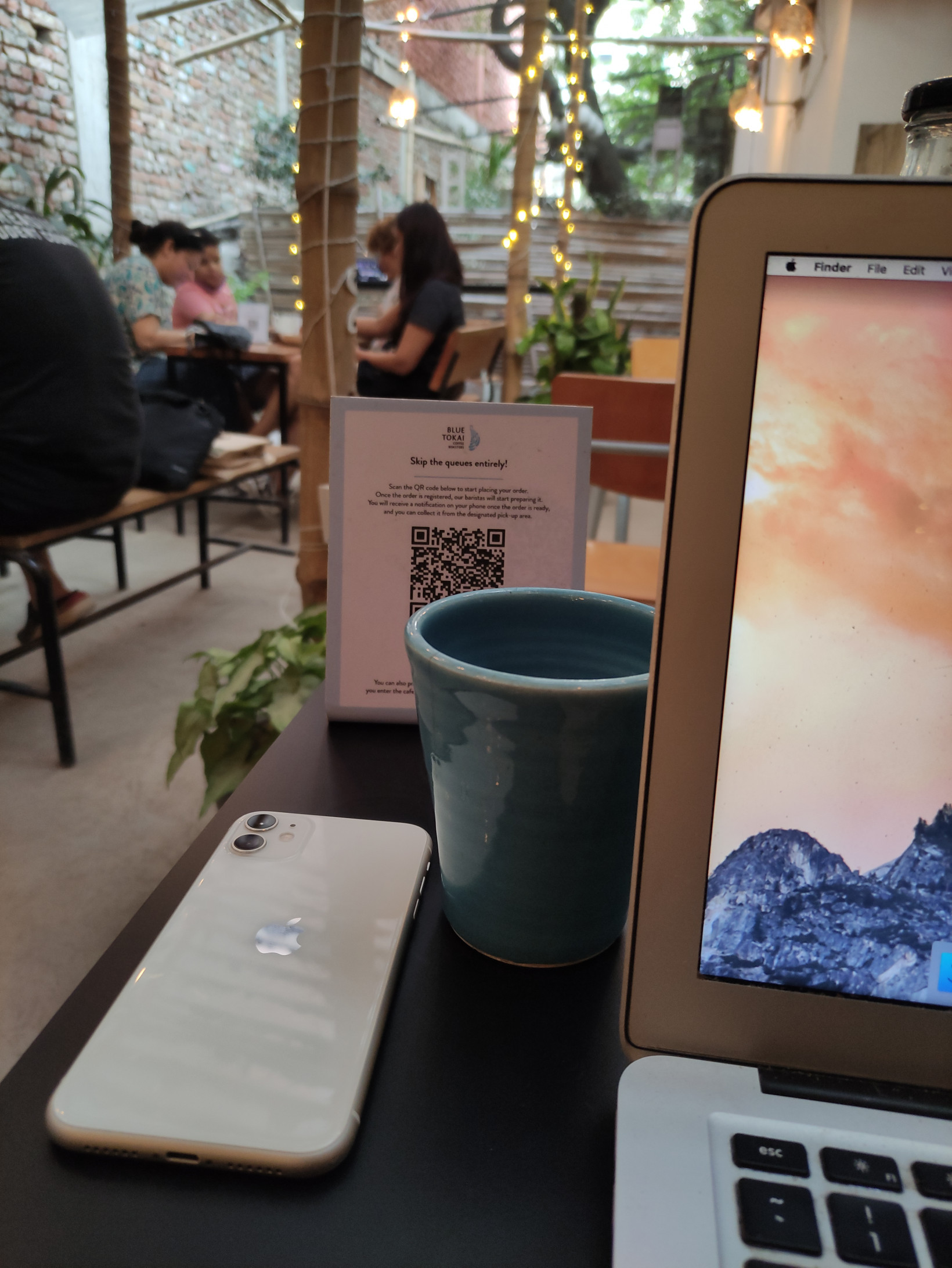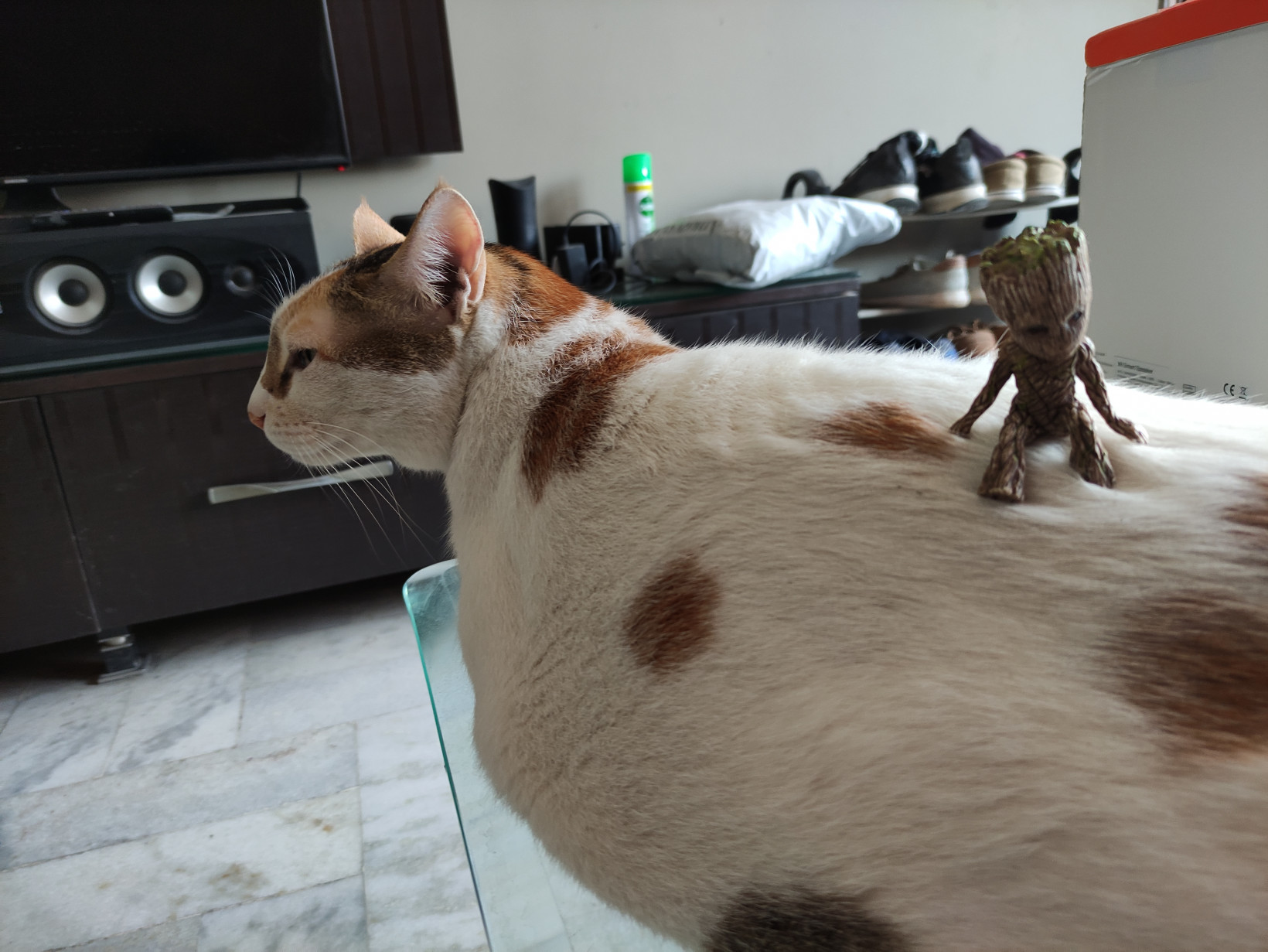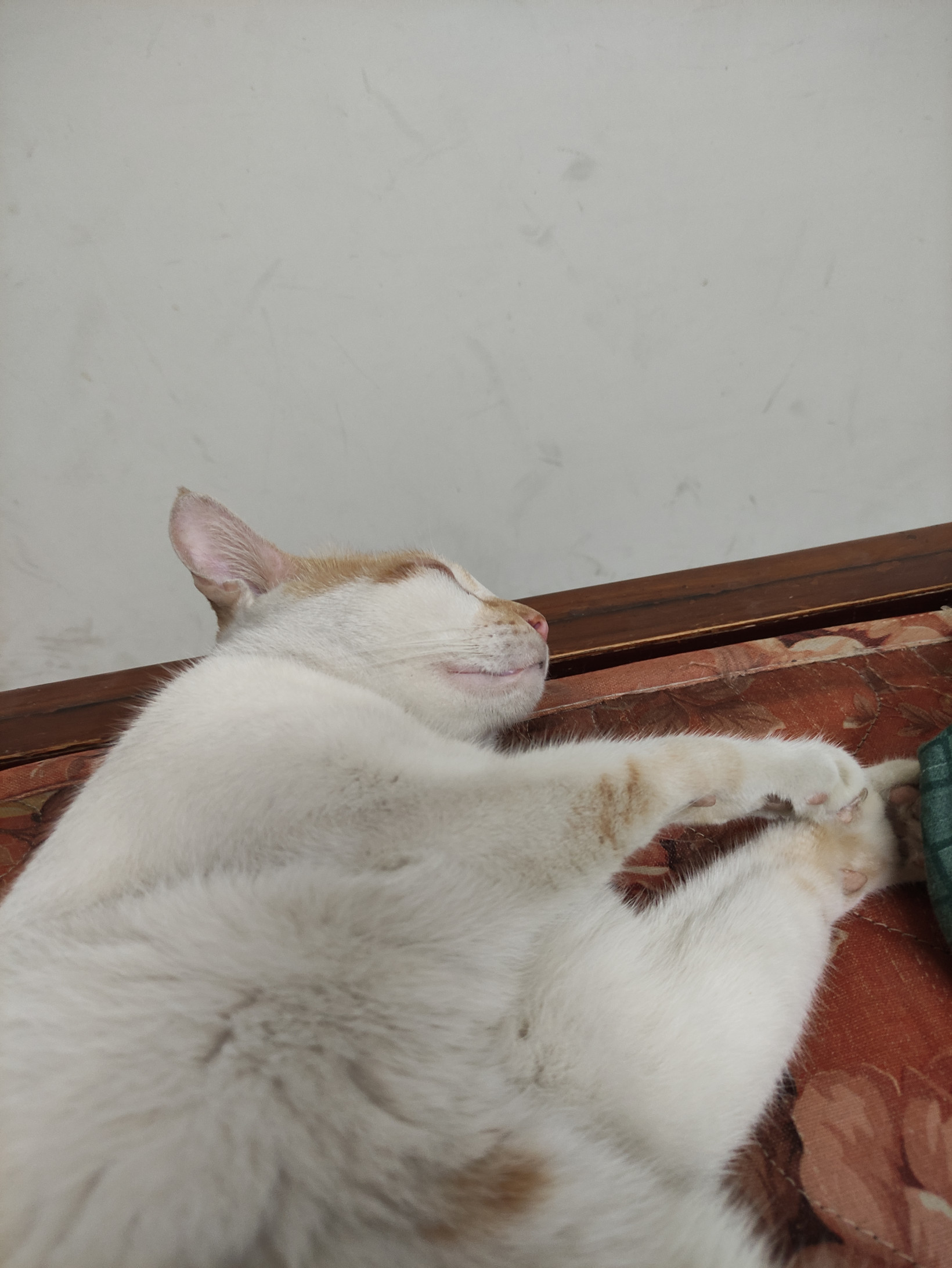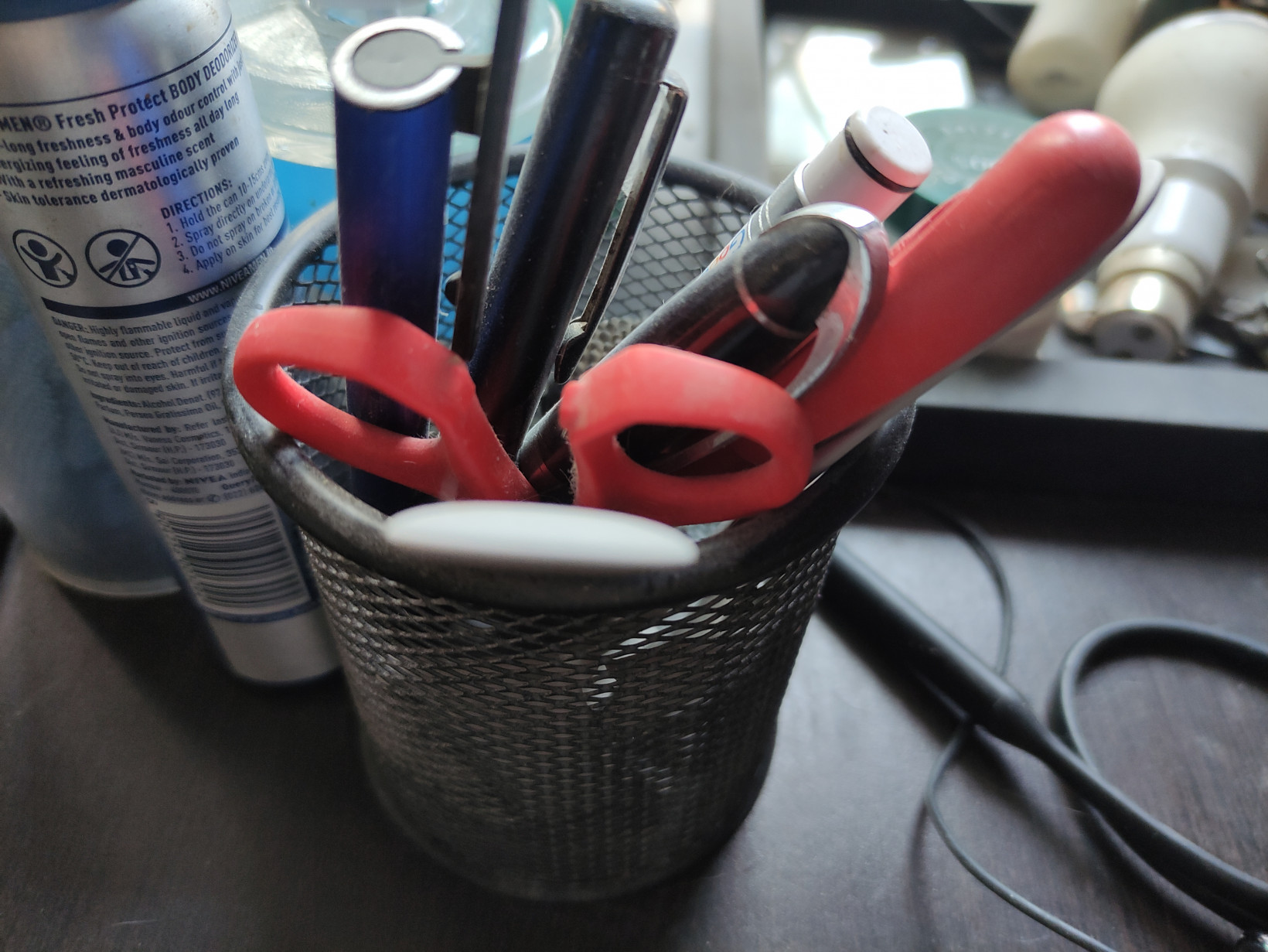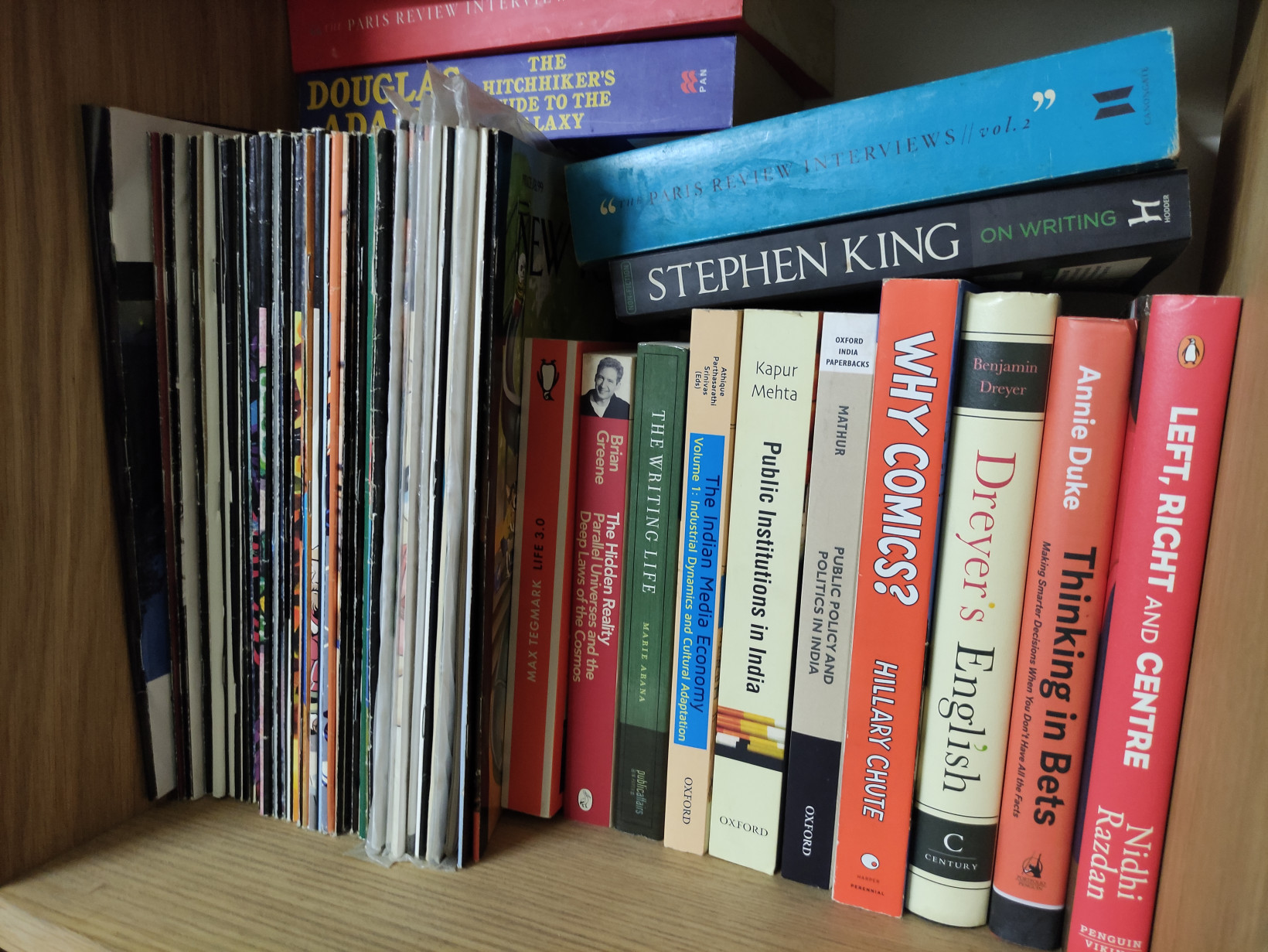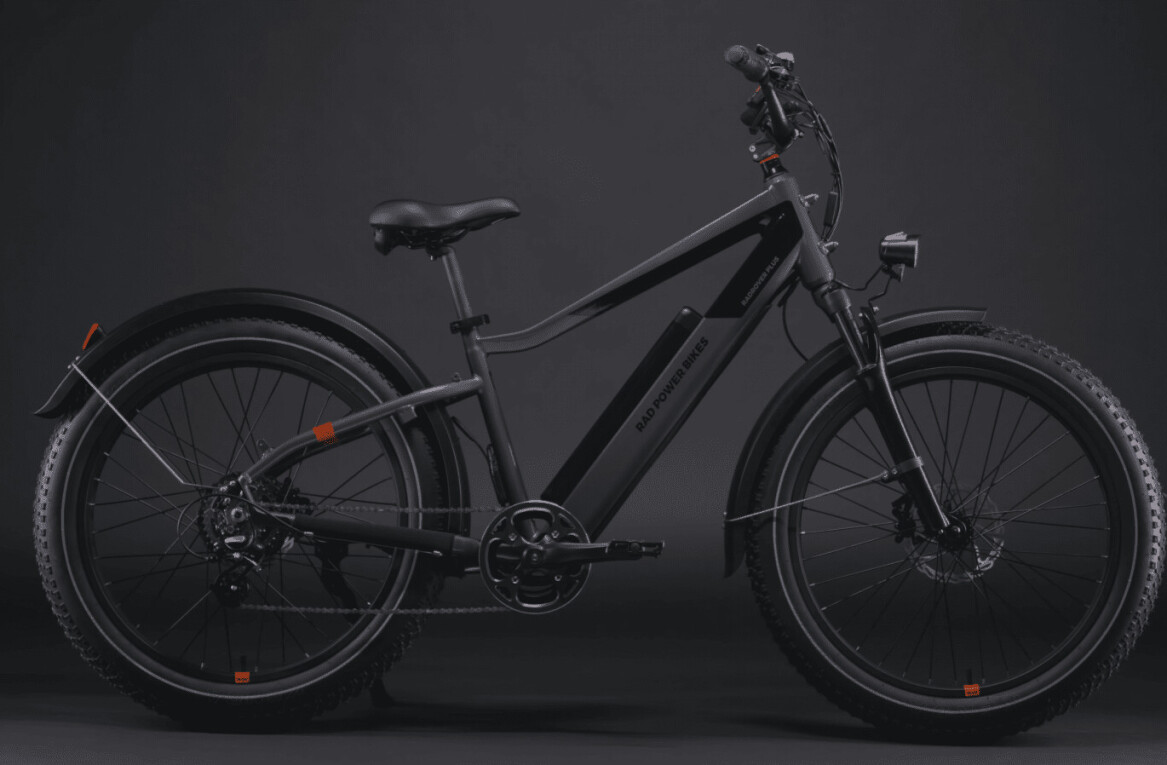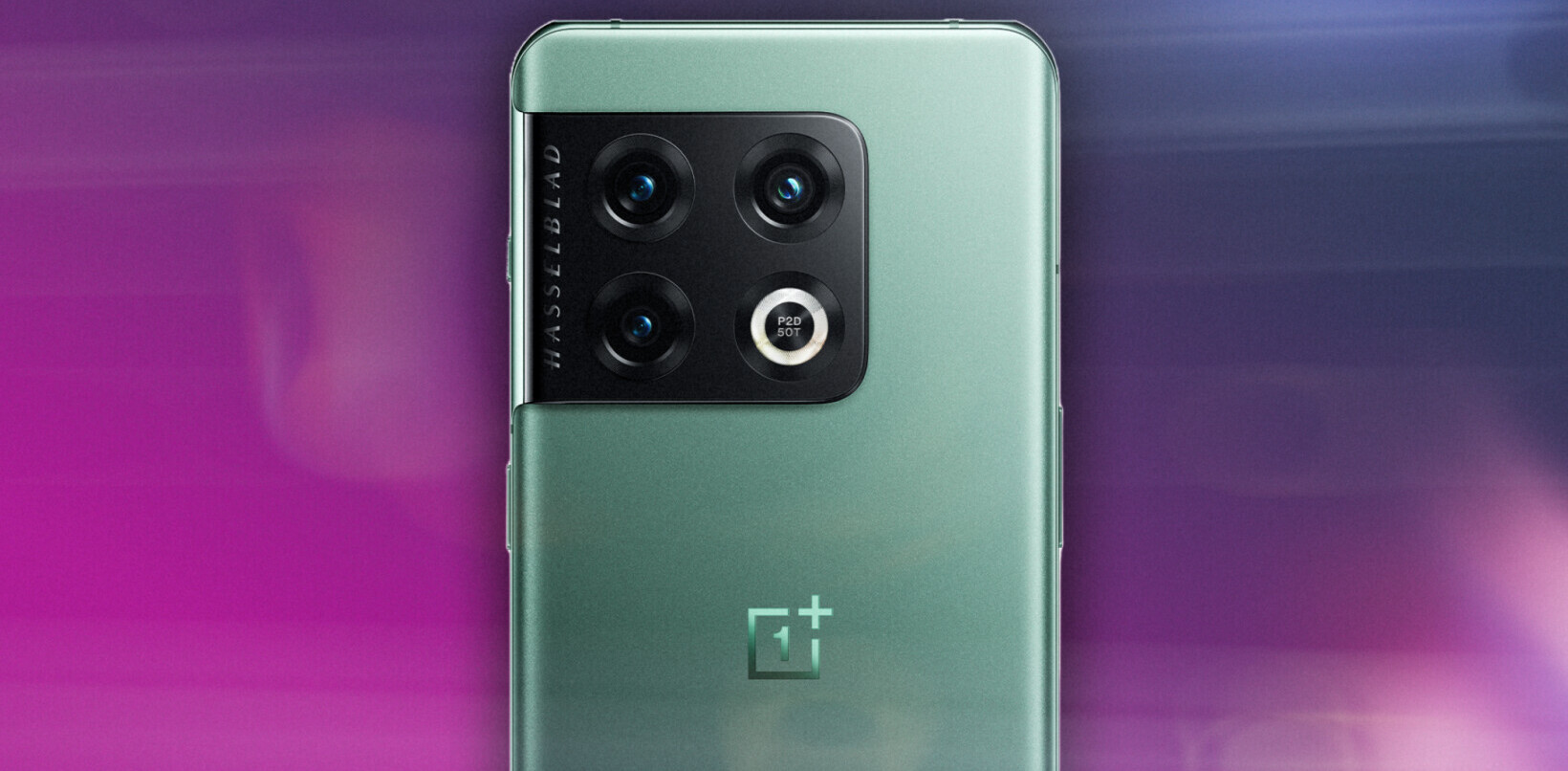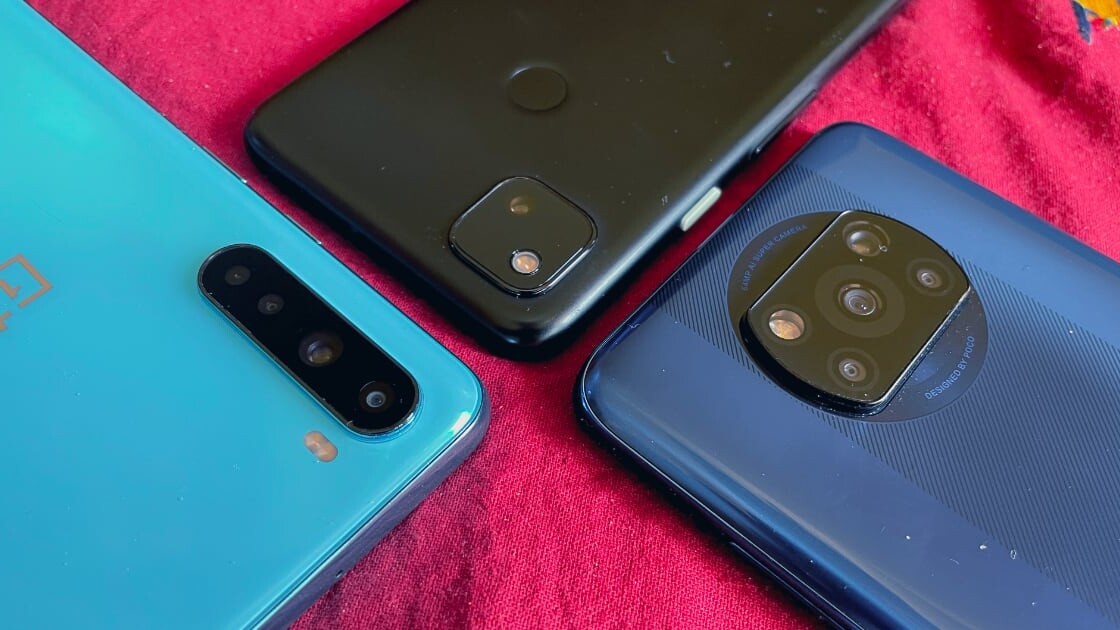
In the Indian smartphone market, the ₹10,000-₹20,000 ($135-$270) price bracket is extremely popular. Many folks get their first or second handset in that range. However, when they are upgrading, they might have to look for devices beyond the ₹35,000 ($470) mark to get a good value for money products.
However this year, because of plenty of noteworthy launches, the ₹20,000-₹35,000 ($270-$470) price band is filled with great options for consumers.
For the past couple of months, I’ve used the OnePlus Nord, the Poco X3, and the Google Pixel 4a for a few weeks each, one after another. These phones offer different things, so if you’re certain about your preferences, it’s easy to pick a device between them. And we’ll talk about that more, but first, specifications.
Specs

Design
I usually club phones’ design aspects with their features when comparing a bunch against each other. However, these are drastically different phones. While the Poco X3 is a chonk with a sizable screen, the Pixel 4a’s small size and easy-to-hold frame make it an appealing choice for anyone who loves compact phones; the OnePlus Nord lies somewhere in between.
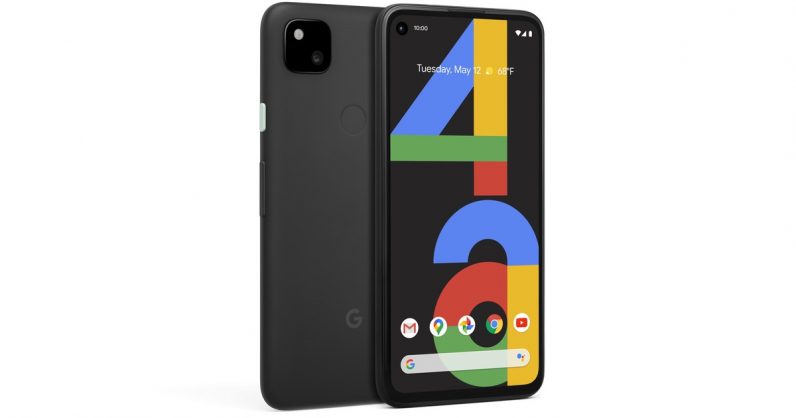
The Poco X3 is a huge phone with 6.67-inch screen, and you’ll have to use both your hands to get around the interface. But hey, if you love big screens, this one offers a bright and colorful LCD display.
The fingerprint scanner is on the right side, mounted on the top of the power button. I usually hold and pick up my phone with my left hand, so the unlocking process didn’t trouble me much. If you use your right hand primarily, you might have to adjust your grip a bit.
The Nord, being a smaller phone than the Poco X3, feels more comfortable in your palm. It’s still a big phone, so, don’t expect comfortable one-hand usage all the time. Another noticeable difference is that the Nord sports a glass-protected back compared to the Poco X3’s plastic — so it feels nice in your hand.
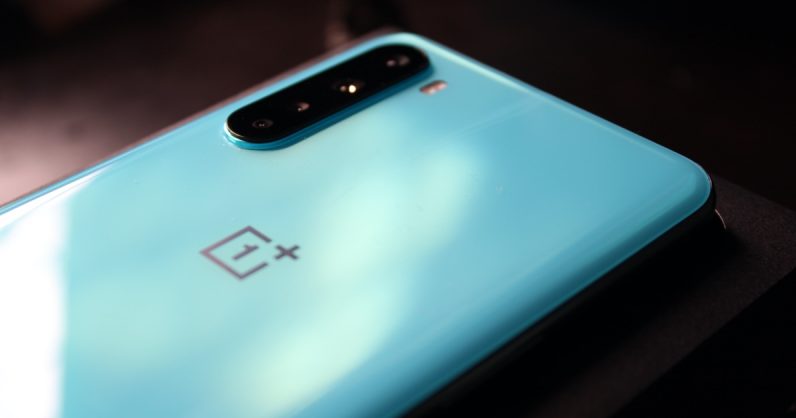
OnePlus’ new affordable offering uses an under-the-screen fingerprint scanner for authentication. It’s reliable most of the time, but not comparable to the speed of the physical sensor.
Despite its brushed plastic finish, Pixel’s size makes it an attractive choice. It’s a tiny phone compared to the other two and snuggles into your pocket easily. Its signature rear fingerprint is super-fast and unlocks the device in no time. Google’s phone also has the advantage of dual stereo speakers.
Screen and performance
On paper, the Poco X3’s screen looks impressive with its size and refresh rate. However, the OnePlus Nord’s screen takes the cake with its color accuracy and responsiveness. Its 90Hz refresh rate is sufficient for most applications.
I experienced a few delays on the X3’s 120Hz display. I’d rather have a smooth display with a slightly lower refresh rate. The X3’s screen is not bad; for its price, it delivers the goods. But AMOLED screens like the Nord’s have great contrast and that shows when you watch videos.
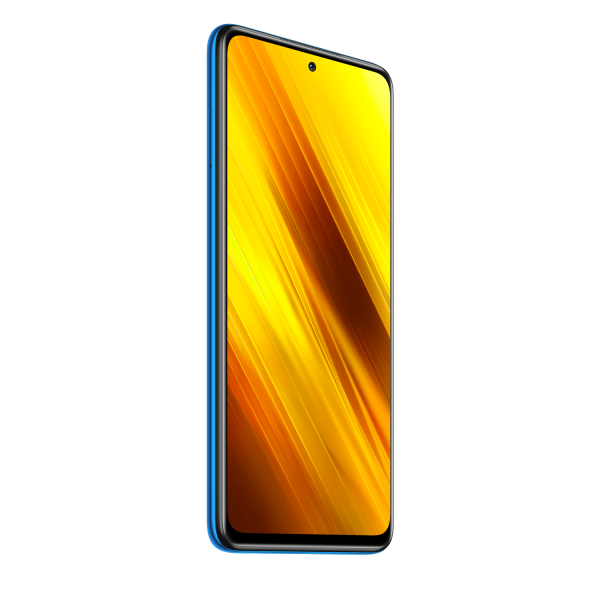
The Pixel 4a’s screen doesn’t have a crazy high refresh rate, but its OLED screen has the highest pixel density amongst these three (443 pixels per inch). It doesn’t make a huge difference in your regular app usage because of the small screen size, but it does make videos more pleasant to watch.
Apart from Apple’s iPhone, we’ve seen manufacturers resort to hole-punch cameras. OnePlus’ phone has a capsule-shaped hole on the front to host two selfie cameras. The Poco X3 has a hole-punch in the top-center of the screen, while the Pixel has set its front camera in the top-right corner. These cameras didn’t really bother me in my daily usage, but they will cut your screen size by a bit when you’re watching videos.
All three CPUs are close to each other in terms of architecture. You won’t notice the difference in your day-to-day usage. You can multitask, browse the internet, watch some videos, and take photos on all these phones without taxing their processors.

If you go by the numbers, the Snapdragon 765G chip in OnePlus’ phone is the most powerful of them all. But I didn’t really see a huge uptick while using the OnePlus Nord. I did face a few arbitrary app crashes while using the Pixel 4a. So perhaps you wouldn’t want to strain this phone too much.
Battery
All other specifications aside, this is often the deciding factor for people in the market for a new phone. The Poco X3 is certainly the winner when it comes to battery life.
While I’m using the international version of the phone with a 5,160mAh battery, the phone in India ships with a massive 6,000mAh battery. Plus, it’s compatible with a 33W fast charging brick for quick refills. It’ll definitely last you more than a day even after heavy usage.
OnePlus’ mid-range phone has a slightly smaller battery than Poco’s offering, but you can still get through a day with ease. What’s more, the company offers its famous Dash fast charging solution rated at 30W.
The Pixel 4a is a sticky wicket in this area. I wouldn’t recommend this phone if you currently plug your phone in multiple times every day. Because of its size, the battery is small. Sure, Google’s software optimizations will often afford you day-long usage. But’s it’s not built for battery-draining tasks.
If you play games on your phone for hours or attend calls most of the day, you might want to carry a power bank with you.
Camera
It’s a Pixel camera, need I say more? Google is still using the Sony IMX363 sensor — the same one used in the Pixel 3 — but it doesn’t lose out on details in daylight, and consistently captures great portrait shots. Images are punchy and pleasant to look at. Its digital zoom is also impressive to an extent, and you’ll get good low-light photos because of Night Sight.
Google’s affordable phone doesn’t offer the versatility of the other two phones. Having said that, those ‘extra’ cameras on either phone aren’t out of this world. With Pixel’s picture quality, you aren’t really missing out on those. Here are some samples from the Pixel 4a camera:
The OnePlus Nord is a great phone, but its camera isn’t the best of the lot. Sure, it takes good photos in daylight, and you’ll be able to get some decent portrait shots in suitable conditions, but that’s about it.
You can use its wide-angle camera in daylight to shoot landscapes or buildings, but mind the distortion and noise. It also has a macro camera, but it misses the mark in a lot of shots.
The front camera takes selfies that are often dull and washed out. And to get nice results out of the Night mode, you’ll have to keep your phone very still. Here are a few samples from the OnePlus Nord camera:
The Poco X3 is a rather surprising phone in the photography section. For its price point, it has a rather impressive main camera that takes vibrant shots in most lighting conditions. As GSMArena’s review of the phone points out, you might face purple fringing (a purple hue around some objects) in some photos of high-contrast scenes.
The wide-angle camera snaps some acceptable images when you use it to capture vast landscapes. The 20-megapixel front camera can churn out amiable selfies if you turn off the beautification feature — it makes you look terribly unnatural. You can see some samples below:
The X3 doesn’t score high points in low-light photography, but you can use it to get better details after dark. And I am yet to understand the point of a 2-megapixel macro lens that’s going to give you muddy photos most of the time.
Which phone is right for you?
Between these three phones, it might come down to your preference in size rather than the price. People who want that smaller form factor would gravitate towards the Pixel 4a. Plus, there’s an excellent camera and neat software experience to look forward to.
OnePlus phones have proven good workhorses over the year, and the Nord is no exception. You get a great screen in a well built phone that should serve you well for a good while.
The Poco X3 would probably give you the best value for money if you like big phones. It has a good processor, a nice camera, fast charging, and a headphone jack. That’s an attractive combination for the price.
The Pixel 4a is available in India for ₹31,999 ($432). Meanwhile the Poco X3’s top model with 8GB RAM and 128GB storage costs ₹19,999 ($270). The OnePlus Nord starts from ₹24,999 ($338) for the 6GB+64GB variant. Choose your fighter.
Get the TNW newsletter
Get the most important tech news in your inbox each week.
